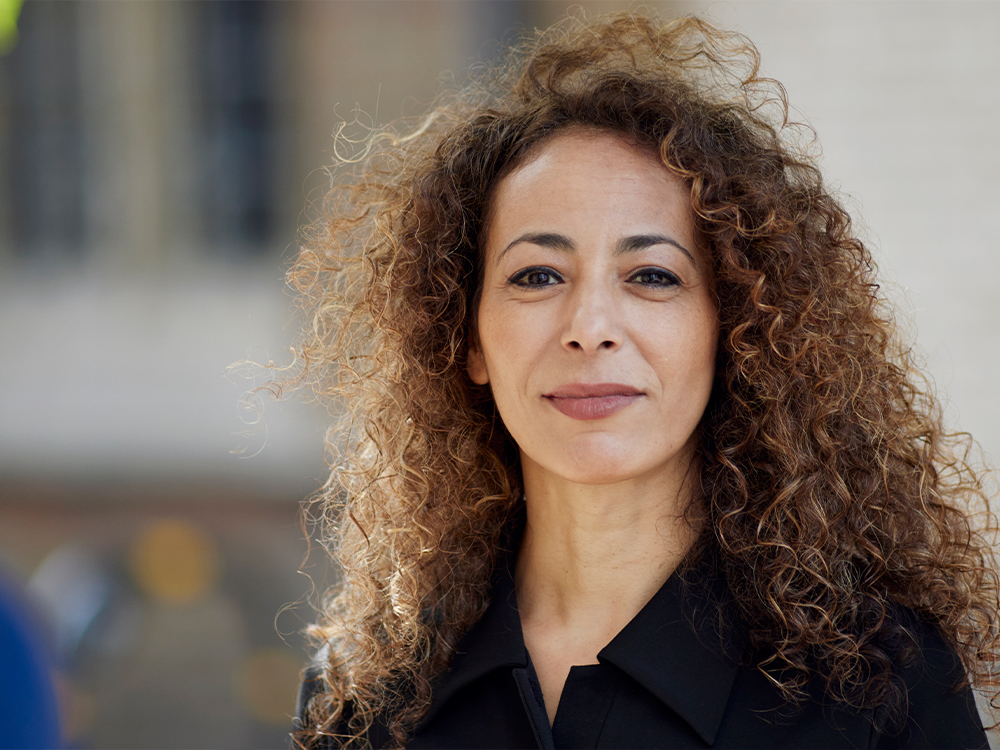
It’s the facelift technique that has gotten the most buzz of any other lifting approach in recent years, partly due to the dramatic transformations seen online—but what does the term “Deep Plane Facelift” really mean and how is it different from the traditional facelift? According to Wayne, NJ facial plastic surgeon Jeffrey B. Wise, MD, the trending technique helps patients address sagging in the lower face and neck with the most natural-looking results. Here, he shares what exactly goes into this approach and why it’s delivering such amazing facial rejuvenations.
How do you know you’re a good candidate for a facelift?
“When patients experience some ptosis or sagging of the tissues around the jawline or the neck area. Usually, facelift candidates will oftentimes have banding around the neck—where there will be some separation of the muscle underneath the chin—and they just want to improve their jawline and their neck area to make it look fresh and to turn back the clock.”
Should someone as young as 40 consider a facelift to lift sagging skin?
“The shorter answer is yes. As advancements have been made in facelift surgery, people are having them done at varying degrees of facial aging. There are mini lifts for younger patients, and more moderate lifts for medium degrees of facial sagging. Then there are more advanced techniques and more invasive techniques for people with a lot of facial sagging.”
What areas of the face will see improvement?
“Typically, we see a lot of improvement around the mouth area and the nasolabial folds. The biggest area of improvement seen is in the jawline and neck. These areas get very firm and are restored to what the patient looked like 10 to 20 years ago. Sometimes patients say they never had a jawline and neck as nice as they do after the facelift.”
What types of benefits do you see from choosing to undergo a Deep Plane Facelift?
“In my hands, I’ve been doing almost exclusively Deep Plane Facelifts now and have been extremely happy with the results. It gives you unbelievable power to take away jowling and neck laxity, while still producing extremely natural results. The other thing I love about Deep Plane Facelifts is the results do not make the patient look like they’ve been operated on, they look very natural. The result also tends to last longer than traditional facelifts. In the past, after the mini facelifts, patients could see results for five to seven years. The expectation for Deep Plane Facelifts is 10 to 20 years.”
Where are the scars placed with a Deep Plane technique?
“In my hands, I like to hide all the scars, so all the incisions are placed in the hairline. I also do something called a retro-tragal approach, which is to say we put the incisions inside the ear so no one can see it. I like to hide them in creases inside the ear, also in the hair, and in various folds that make them essentially invisible to the casual observer.”
How long is recovery and what can you expect?
“My expectation for most if not all of my surgical procedures are that patients should be able to get back on their feet and at least be able to go in public, back to work and school in a few weeks.”
What other procedures do you typically combine with a Deep Plane Facelift?
“It’s very common that people receive small chin implantation during this surgery. Usually, the chin implants are to further improve the jawline and contour. Oftentimes, we’ll combine a CO2 laser with a Deep Plane Facelift for the anti-aging effect it has on the skin. It’s also very common to perform eyelid surgery with the facelift. The other thing I’ve really enjoyed combining with this surgery is autologous fat transfer, where I take fat from another part of the body, separate out the cells, and inject it into the face. It gives you an overall plumper, younger look, which is a hugely important part of combating the aging process.”
Find a Doctor
Find a NewBeauty “Top Beauty Doctor” Near you






